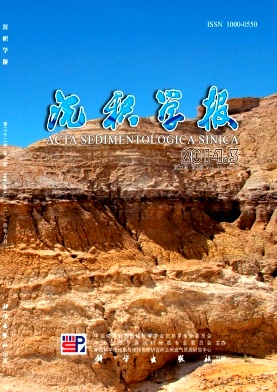Stratigraphy Evolution of the Diaokou Lobe Area in the Huanghe Delta since Holocene: Implication from grain size and magnetic properties
- Received Date: 2013-05-06
- Rev Recd Date: 2013-06-27
- Publish Date: 2014-06-10
-
Key words:
- grain size /
- magnetism properties /
- Holocene stratigraphy /
- development model
Abstract: The Yellow River brought a great deal of sediments to Diaokou area during 1964~1976 when the Yellow River changed its course to Diaokou River, deposited and formed the Diaokou lobe. It has experienced complete natural evolution process of modern Yellow River delta and has formed a complete set of modern Yellow River delta depositional system, and it is of great theoretical significance to recognize the evolution of the modern Yellow River Delta. Based on the characteristics of grain size, magnetism and AMS 14C of Cores ZK10-3 and ZK30 in the north of Diaokou lobe, combined with Cores ZK227, ZK1, ZK228 in the south of Diaokou lobe, we discussed the recent and Holocene stratigraphic evolution of the Diaokou lobe area and its formation process. Sedimentary stratigraphy of Diaokou lobe from the Holocene may include facies of shallow sea, river and lake, salt marsh, shallow sea and delta from bottom to top. The study area received deltaic deposit from 1855, experienced prodelta, delta front (lateral) area and delta plain. After 1964, when the Diaokou lobe began to form, it experienced four stages of flow deposition, single channel deposition, diversion deposition and abandoned erosion.
| Citation: | Stratigraphy Evolution of the Diaokou Lobe Area in the Huanghe Delta since Holocene: Implication from grain size and magnetic properties[J]. Acta Sedimentologica Sinica, 2014, 32(3): 518-526. |






 DownLoad:
DownLoad: